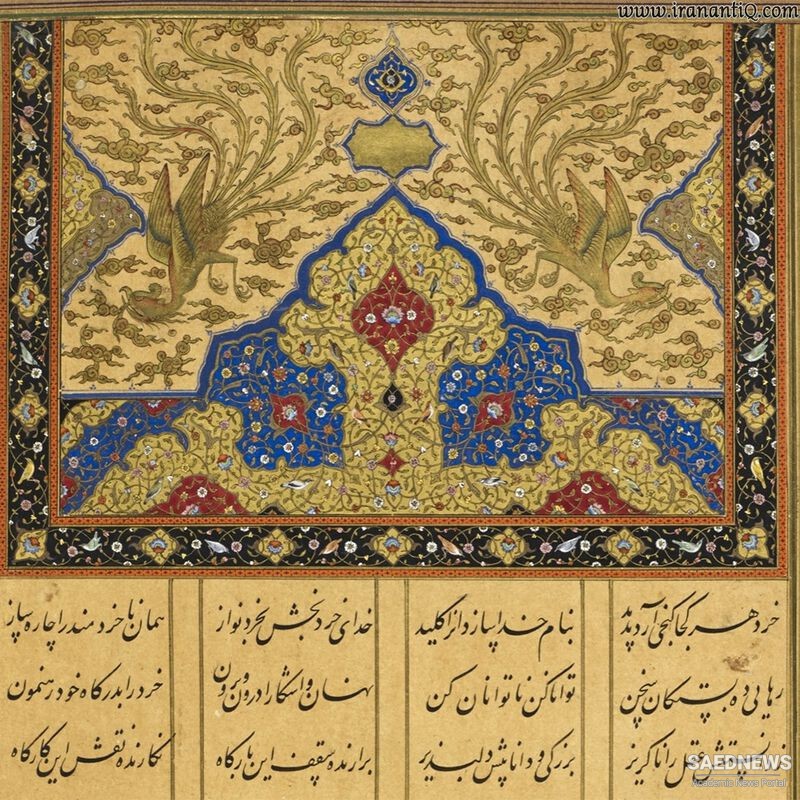At some point in time and under certain political and social conditions, a language which has been used almost exclusively as a spoken vernacular, acquires enough cultural prestige to inspire the speakers of this language to start using it in writing and thus create a literary tradition. The circumstances and the incentives might be very different in each instance. The event may lie far back before the beginnings of historical recollection, and the accounts about the origins may have become entirely legendary, such as the rise of literature in ancient Greece and in China. Sometimes, however, this process takes place within a historically well-documented setting. In the latter case, the new literature often emerges within another, alien literary tradition which, for political or religious reasons, had previously monopolized the written use of language. This occurred during the European Middle Ages when the vernaculars challenged and eventually broke the hegemony of Latin that was supported by both the state and the church. Another example is the emergence of Persian as a written language in the context of an Islamic cultural environment that was dominated by the use of Arabic as the sole literary medium. The comparison between Medieval Europe and early Islamic Persia is illuminating in more than one respect. The political and religious conditions show many similarities. In both instances the rise of new literary languages went together with a political development towards a greater autonomy of national entities, but this did not involve the disruption of a unified religious community. An interesting parallel is also the appearance of regional courts with strikingly similar traditions. The appearance of several courts where the work of artists was appreciated meant that there was fertile soil for the growth of literature in the shadow of the patronage that the feudal lords and their courtiers could provide.


 Manuscript Heritage of Classical Persian Literature
Manuscript Heritage of Classical Persian Literature














































